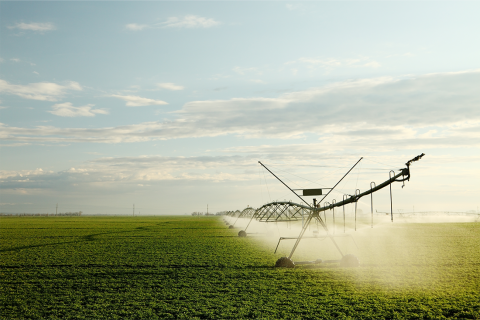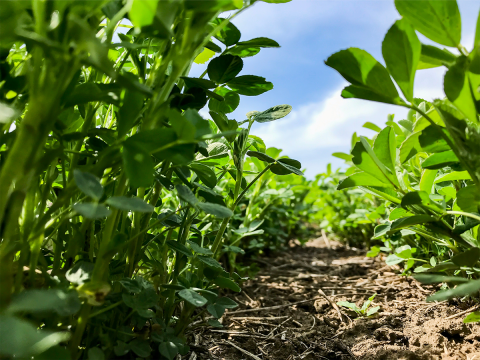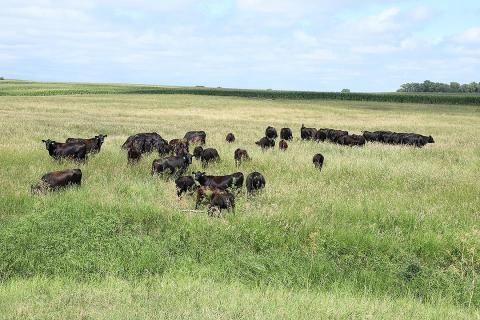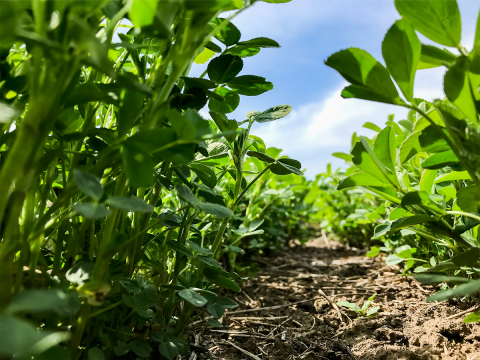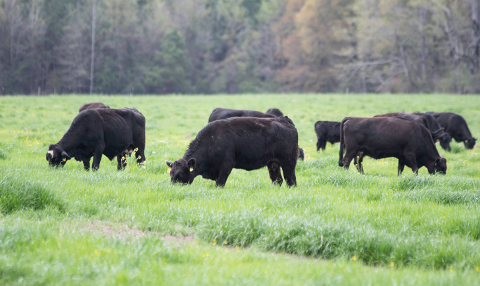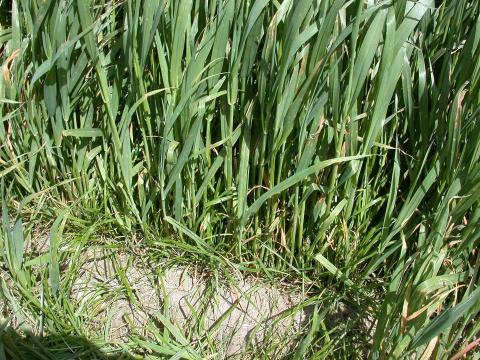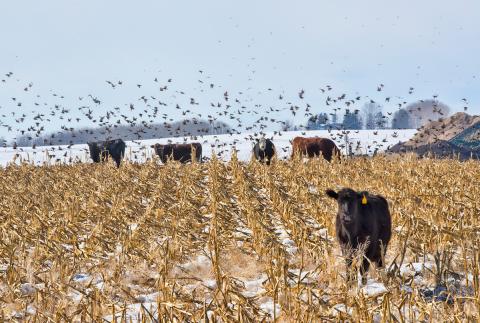Pasture and Forage Minute: Early Season Alfalfa Irrigation, Trigger Dates and Weed Control
April 19, 2023
This week — Strategies for irrigating alfalfa in early season dry soil conditions, grazing to control abundant weed growth due to drought and forming a drought plan.
Pasture and Forage Minute: Alfalfa Weed and Stand Management, Grazing Winter Annuals
April 10, 2023
This week — Tips on controlling winter annual weeds for optimum first cutting hay quality, evaluating alfalfa stands with a hay square, and grazing rye, winter wheat and triticale during a cool start to spring.
Pasture and Forage Minute: 2023 Grazing Plans, Preventing Grass Tetany
March 30, 2023
With spring officially here, it's time to put 2023 grazing plans in place and be on the lookout for signs of grass tetany.
Pasture and Forage Minute: Double Cropping Forages, Alfalfa Dormancy
March 21, 2023
In this installment: Strategies and tips for successfully double cropping annual forages this year, and a breakdown on what fall dormancy means for alfalfa growth during the next growing season.
Pasture and Forage Minute: Increasing Alfalfa Productivity with Grass Mixtures, Spring Weed Control
March 9, 2023
Interseeding cool-season perennial grasses into alfalfa and applying herbicides in early spring are reliable methods of improving alfalfa production and health this growing season.
Pasture and Forage Minute: Understanding TDN Values, Planning Summer Grazing
February 21, 2023
A review of the impact of TDN values in hay tests, and considerations for spring and summer forage plans following the severe drought conditions and heavy grazing experienced in 2022.
Pasture and Forage Minute: Planning Spring Annual Forages, More on Deciphering Hay Tests
January 31, 2023
Extension educators review considerations for spring annual forages in Nebraska, and analyze RFV and RFQ estimates in hay tests.
Pasture and Forage Minute: Mid-winter Cornstalk Grazing, Pasture Lease Drought Considerations
January 13, 2023
Extension educators discuss to how best graze cornstalks during the winter, and how to approach pasture leases when severe drought has affected forage production.
